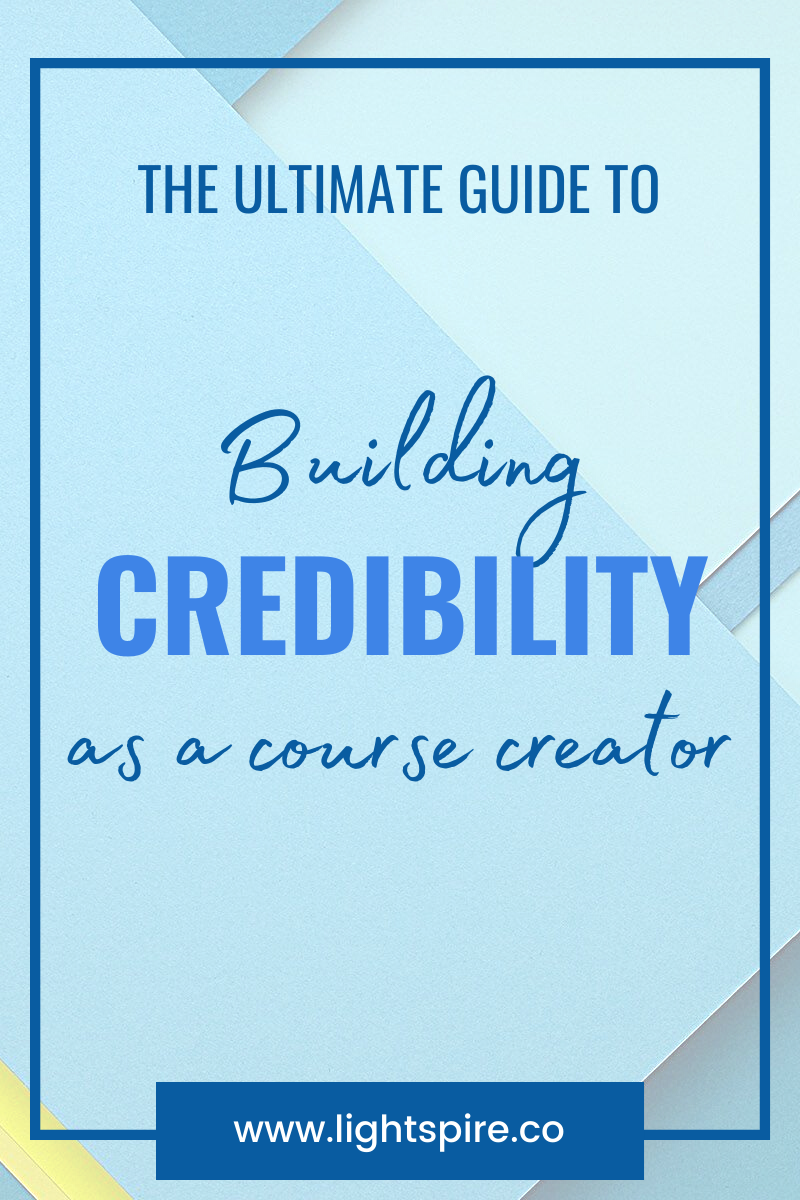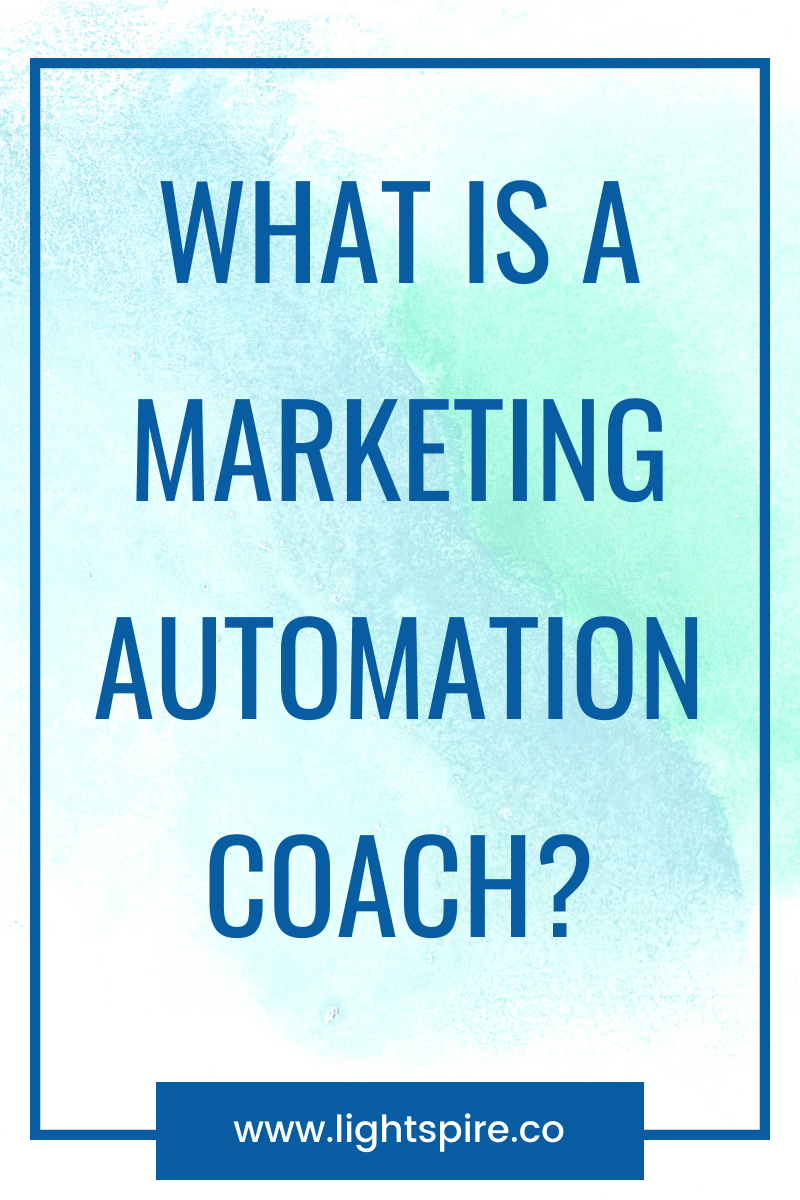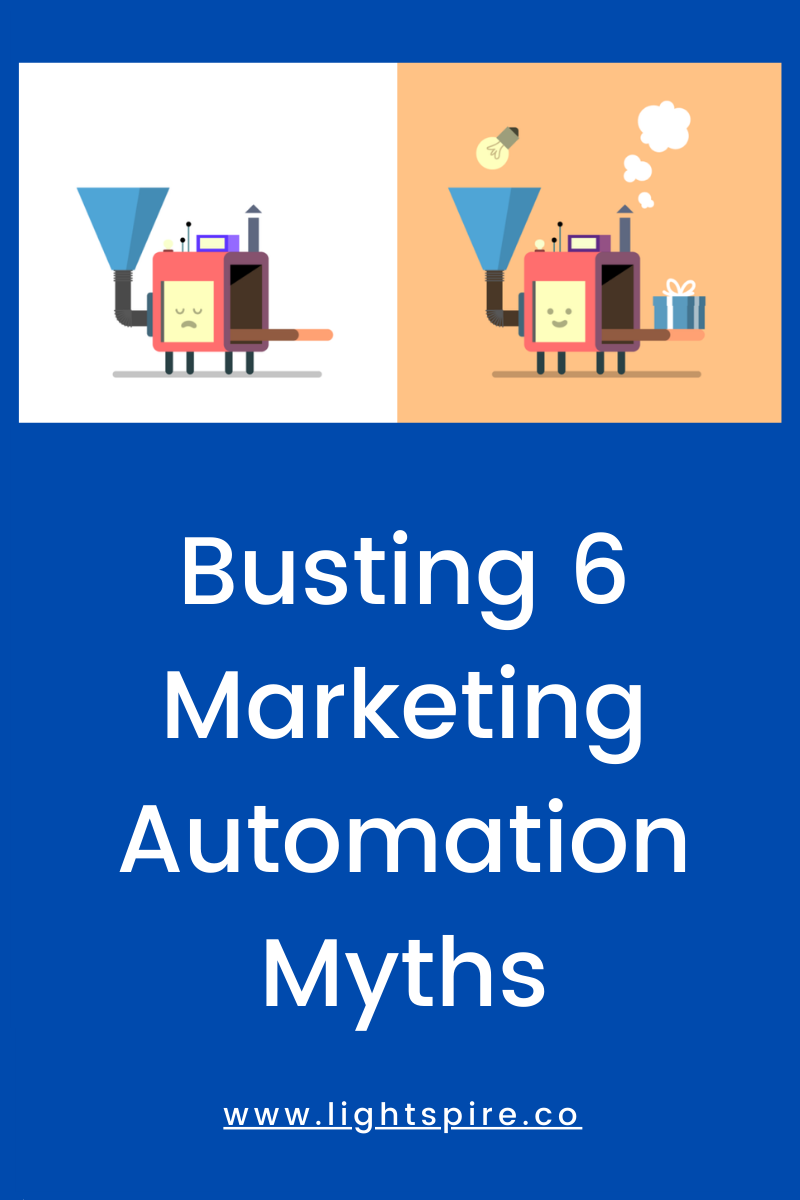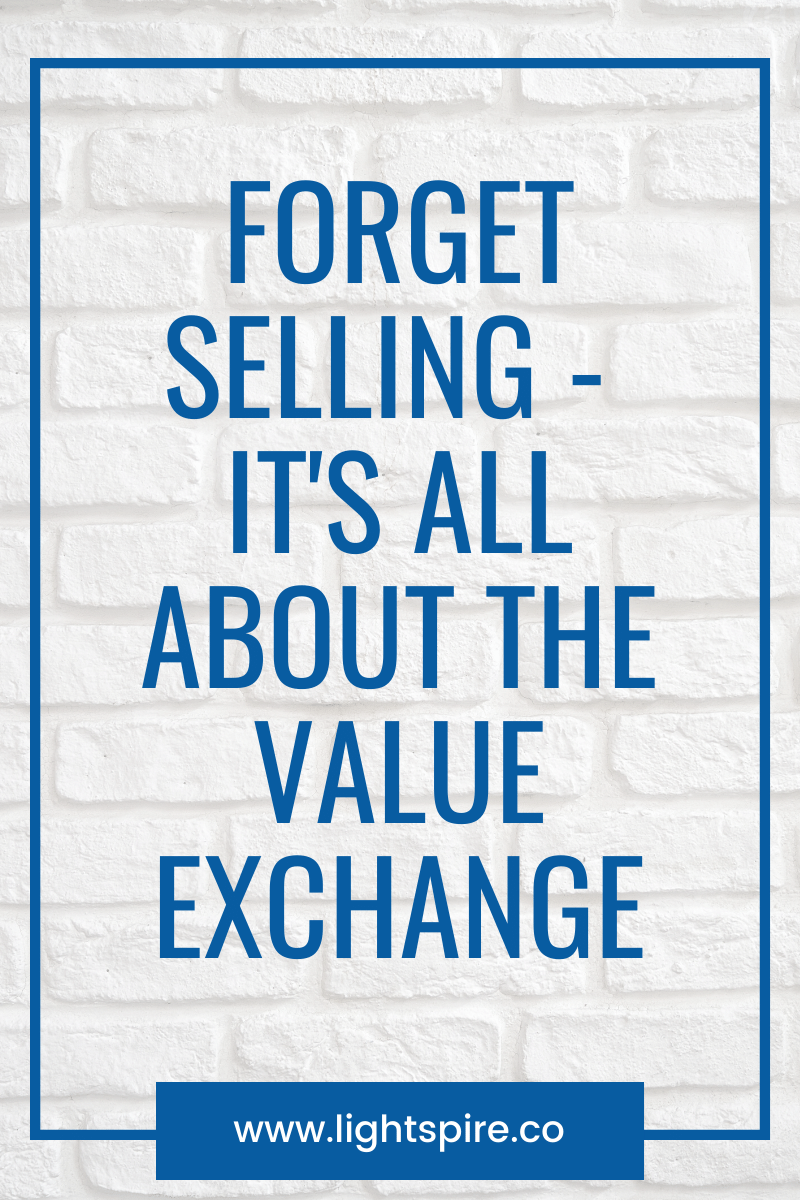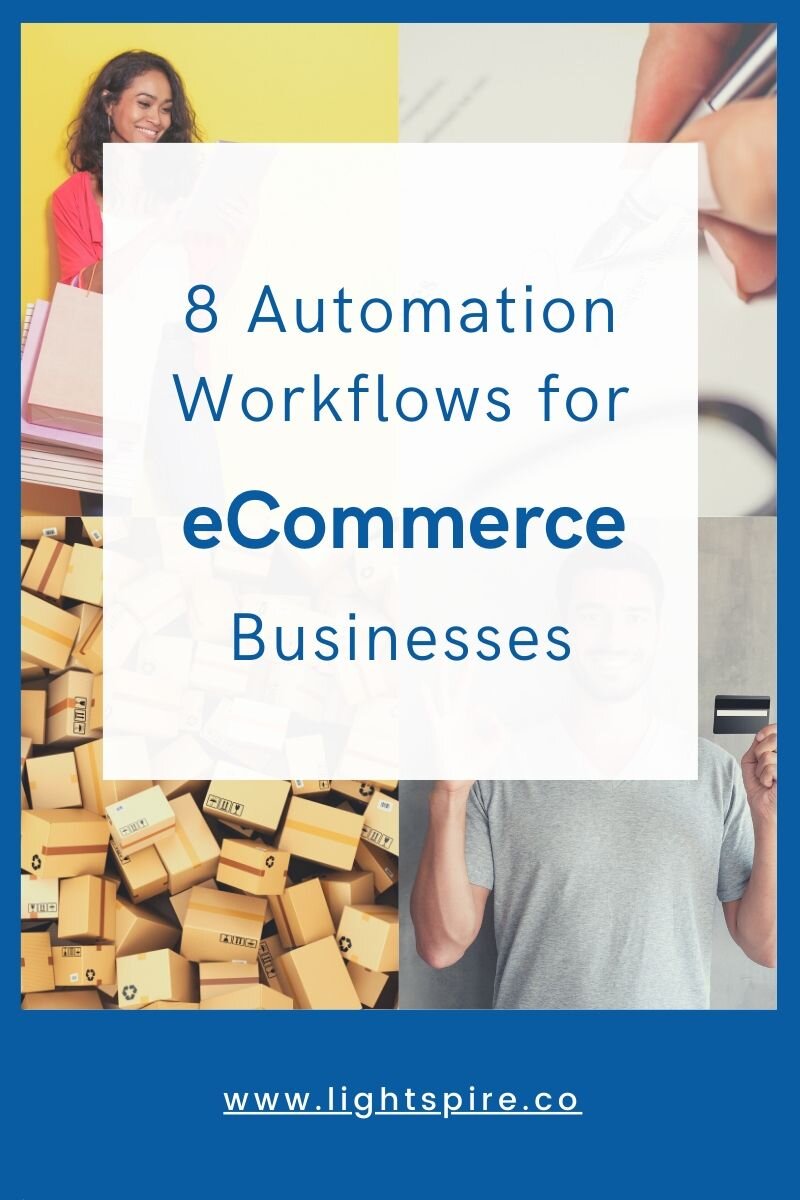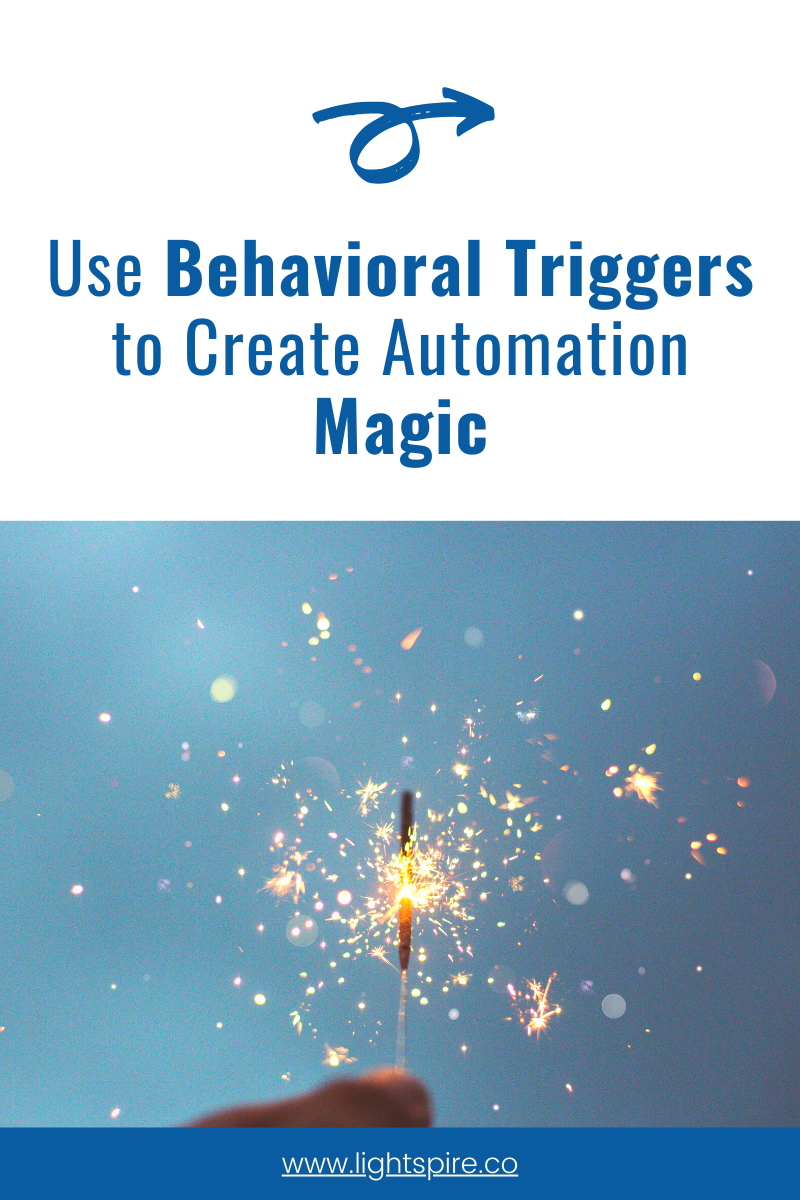Is the Marketing Funnel Really Dead?
As an advisor and marketing strategist working mostly with startups, I try to keep track of the latest developments in the world of marketing as well as the world of startups and small businesses. The three areas often overlap a little bit, and some topics go viral everywhere at once.
A couple of years ago the “word on the street” in marketing was that the funnel was dead.
This immediately made me feel like a dinosaur, as I had been using the model of a funnel for about ten years in order to visualize my customer acquisition process, how my audience flowed through their journey towards trusting me and my products, and keep track of all the relevant metrics along the way. My funnel felt safe, and comfortable, and more than a little bit useful. With the aid of my trusty funnel I had built engaged audiences for my startups, solved problems for my customers, and empowered my products’ advocates to spread the word to new audiences. So a part of me was really reluctant to give up my funnel.
A part of me also thought that this might just be marketers making decisions about what kind of marketing is “fashionable”, with none of the fundamentals really changing.
I didn’t want to embrace a new marketing fad without research, but I certainly didn’t want my knowledge and expertise to become outdated or irrelevant.
So I set out to discover if the marketing funnel was really dead. And if so, what replaced it?
In order to understand where we started from, and what allegedly “died”, we should talk a bit about the basics of a marketing funnel.
The marketing funnel is a way to visualize the journey that your audience takes from “I’ve never heard of that product/company” to “I love them! I buy from them all the time” (and everything in between).
The number of stages and words used to describe each stage differ a bit based on who you talk to, but I like to break it down into five stages: awareness, consideration, conversion, loyalty, and advocacy.
You can think of your marketing funnel like a series of gates or doors, each leading into a new room. As potential customers pass through each of these doors, they show that they have enough interest to take the next step and that they believe a solution to their problem lies on the other side of the door. The bigger their problem and the harder it is to solve, the more effort they will be willing to take to get through all of those doors and find a solution.
So your customers journey from an initial awareness of who you are and what you do, on to considering your solution among many possible options. As they begin to trust you and your solution, they move to conversion, or actually purchasing your product. By finding success with your product and the seeing the benefits it provides, they move towards loyalty. And as you build a relationship based on trust, mutual understanding, and truly helping the customer solve problems, you reach advocacy (where your customers tell their friends about your company and products).
This is the marketing funnel in a nutshell. And it’s a great way to visualize and track how your customers get to you, what steps they take in their initial buyer journey, how different audience segments think about your product, and how all the pieces of your marketing puzzle are converting.
So why is it dead?
While the funnel model is great for marketers, it’s not so great for customers. Being “funneled” can feel a little bit like being “herded”, especially if the steps of the funnel are overtly sales-y. And no customer wants to be handled like an entry in your database instead of a living, breathing, purchasing human being.
The funnel also forces a linear approach when thinking about customers. Funnels produce customers, but don’t consider how those customers can help you grow. And what happens when someone drops out at the conversion stage, moves to awareness for a different product, considers it, does some research, and then buys the original product that they were about to convert on? Where in the funnel do we capture all of the conversations that a customer has with other people about our products, the reviews they check online, the discussions they have in forums, and the casual conversations with friends? Our funnel would get complicated pretty quickly.
The last really big bullet point on the funnel’s tombstone is “lack of energy”. I guess all dead things have a lack of energy, but let’s just stick with the analogy for a second and talk about what happens when someone reaches the end of the marketing funnel. The answer in the traditional model is nothing. All the energy from the beginning of the process is gone, the customer just kind of keeps the label “customer”, and everyone moves on with their lives. But true customer relationships grow and change, and the company grows and changes with them. So how do we capture that energy in our marketing model?
Enter the shiny new thing: The Marketing Flywheel
While a funnel loses all of its energy once the process of funneling is complete, a flywheel stores and builds energy over time.
Invented by James Watt over 200 years ago, a flywheel is a mechanical device specifically designed to store energy. It can help to think about them in a concrete example: a car. When you slow down or stop a car, you lose the momentum you had built up, turning the kinetic energy of movement into heat energy in the brakes. But with a flywheel, that energy is stored for later use, meaning you’re ready to get moving again much faster after stopping.
A flywheel is essentially a very heavy wheel that takes a lot of force to spin around. It's the kind of wheel you have to push really hard to set it spinning. And that’s a good thing, because once you get it going it has its own momentum.
But what does all this mean for your marketing?
If you think of your marketing like a flywheel instead of a funnel, you can picture all the stages of the customer lifecycle in a circle, with each step or stage feeding the next one. Importantly, when you get to the end you just start at the beginning again, re-engaging and attracting the customer and keeping them using and recommending your products. Rather than focusing simply on marketing, the flywheel model includes the handoff from marketing to sales, continuous customer support, and beyond to feedback, referrals, and repeat sales. It accommodates marketing automation efforts seamlessly, as well as strategic efforts in sales and customer service to make things more efficient and streamlined.
Unlike the funnel, where customers are sometimes treated as a metric (or worse, an afterthought), the flywheel puts customers at the very center of the experience. Customers grow from each stage, and in turn they help the company to grow and change over time. With the flywheel, you use the momentum of your happy customers to drive referrals and repeat sales.
The flywheel can increase in energy and speed as a result of force from anywhere around the circle. Changes to your customer support process that result in happier customers increase the momentum. Those marketing automation changes you’ve been working on to better qualify your leads add momentum. No matter what you do, if you create a better experience for your customers at any point in their relationship with you, it adds energy and momentum to your flywheel.
Your flywheel will also increase in speed if you reduce friction at any point around the wheel. Streamlining your referral and feedback process reduces friction for customers that you already have a relationship with, and increases the chance they will refer you to their friends. By finding sources of friction throughout your flywheel and eliminating them, you can ensure smooth and speedy rotation and an increase in energy and momentum over time. You can reduce friction by looking at how your teams are structured, why customers are churning, and where prospects are getting stuck in the buyer’s journey.
But is the flywheel really better?
Yes and no. The flywheel gives us a lot more flexibility to understand how customers create relationships with our company, and how those relationships grow and change over time. And because the customer is at the center of the experience, the interactions that the customer has with the company are smoother, more continuous, and have more room for depth and nuance. All of that is great, and leads to overall better ways of thinking about customer service, sales, and how we build a truly loyal following.
But I don’t think the funnel is really dead. Companies may choose to use one model or another in their thinking, but that doesn’t mean that all the value the funnel provided as a model suddenly dried up when someone thought of the flywheel model. As with most things, there is a bit more to it than that.
The funnel is still incredibly helpful for visualizing marketing workflows, how content builds on what came before it, and how metrics at each level influence the bottom line. I will still be using a funnel model to teach marketing automation, and to keep track of where my workflows and automations can be improved. And I’ll still think about content in terms of how familiar someone is with my product and company, and how much additional information or convincing they will need because of that level of knowledge.
But I’ve started to teach the flywheel right alongside the funnel. And when I’m thinking about my business, I use both the funnel and flywheel models to guide my thinking and make the right decisions for my customers. The flywheel helps me think about the big picture, how all of the pieces of my business fit together, and where I can reduce friction or add momentum. And the reminder to put customers at the center of every process has helped me create better experiences for customers throughout their relationship with me and my company.
So for me, the marketing funnel isn’t dead. The flywheel hasn’t come along to replace it. Instead, there are now two really powerful ways of thinking about marketing and growing a business. And like any business owner, I’ll take all the help I can get.
If you’ve enjoyed thinking about the strategy behind your marketing moves, and how the funnel and flywheel fit into that, I think you’d love my marketing automation course. We’re going to take a deep dive into how strategy and software fit together to create more engaged customers, more time for the big picture, and better marketing results. Grab your seat now, enrollments close June 29th.






